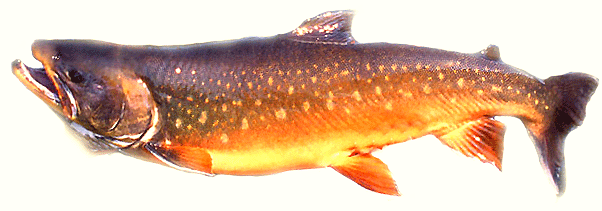|
|
|
||||||
|
Sometimes called Char, the Artic Char is a member of the trout and Salmon family. It physically resembles its cousin the salmon, with minor variations around the mouth and teeth. The Char's silver skin is dappled with pink along and below its lateral line, with shades of green and blue on the upper sides and the back. The Char can reach a maximum weight of 25 lbs. with a average market size of 2 to 8 lbs. The taste is often compared to the salmon and trout. Its flesh does taste very similar to the white king salmon, with flaky firm flesh that ranges in color from pale pink to bright red. The flavor is strong and has been described as a cross between salmon and trout (char is related to both); texture ranges from flaky to firm. The skin must be removed for service as it becomes thick and tough during the cooking process. Harvested wild char comes from Europe, Asia, North America, Northern Canada, who are prime suppliers. Char is also farmed in Canada, Iceland and Norway. Wild-run char are best when harvested in early fall. The larger char and the redder the meat the greater the value. Flesh color ranges from white to orange-pink to deep red. The flavor is strong and has been described as a cross between salmon and trout; texture ranges from flaky to firm. Preparation: bake, broil, fry, grill, poach, sauté and steam. Whole fish can be stuffed prior to baking.
Calories per 100g: 163 - Sodium per 100g: 65mg - Cholesterol per 100g: 27mg |
|||||||
|
|
|||||||

 Artic
Char Salvelinus alpinus
Char, Blueback Trout, Sunapee, Quebec Red Trout
Artic
Char Salvelinus alpinus
Char, Blueback Trout, Sunapee, Quebec Red Trout